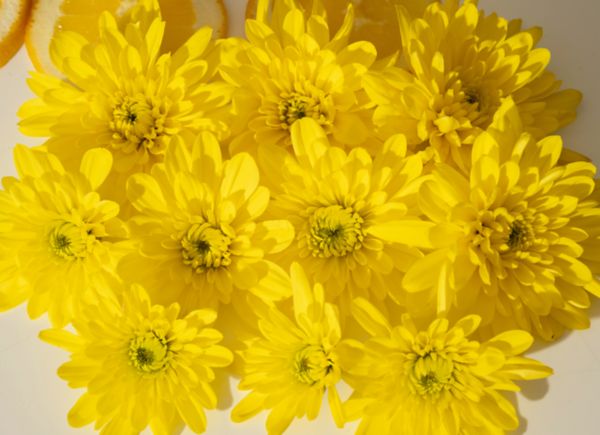Black Hills Spruce Growing Guide
The Black Hills Spruce is a type of evergreen tree native to the northern parts of North America. It's denser and more compact than its cousin, the white spruce, making it resistant to winter burn.
Black Hills Spruce trees are known for their dense foliage and symmetrical cone shape. They are slow-growing, which means they require less pruning than faster-growing species. This slow growth rate also contributes to the tree's longevity, making it a long-term investment for your landscape. The needles of the Black Hills Spruce are a vibrant green, adding a splash of color to your garden even in the winter months. The tree's bark is also an attractive feature, with a rough texture that adds visual interest to the landscape.
The tree is popular among wildlife for nesting and provides excellent winter coverage. Its dense foliage offers a safe haven for birds and small mammals, making it a valuable addition to any wildlife-friendly garden. The Black Hills Spruce is also known for its ability to withstand harsh winter conditions, making it a reliable choice for colder climates.
About Black Hills Spruce
| Botanical name: | Picea glauca |
| Common name: | Black Hills Spruce |
| Plant type: | Coniferous Tree |
| Size: | 20 – 35 feet tall |
| Sun exposure: | Full or partly sunny (6 hours daily) |
| Soil type: | Moist, well-drained |
| Soil pH: | Slightly Acidic |
| Hardiness zones: | Zone 3, 4, 5, 6 |
| Average first frost: | Varies by region |
| Average last frost: | Varies by region |
| Container friendly: | Yes |
| Beginner friendly: | Yes |
Planting
Black Hills Spruce trees should be planted in the Spring or Fall. Dig a hole at least 6 inches wider than the width of the container or bag that the tree comes in, and at the the same depth of the bag. Make sure to transfer and handle the tree by its base to keep the top safe and sturdy. Cover the hole with soil, and make sure it is firm around the base of the tree. Water after planning to settle the soil.
These plants take around 6 weeks to establish their roots. In these first weeks, water your plant every 3-4 days right after planting- slowly transitioning into the recommended watering schedule of once every week after the 6 weeks pass.
To check soil moisture, stick your finger 3 inches into the soil around the base.
After the first season and the trees are fully established, they should only need to be watered for extended dry periods.
Growing
These trees prefer moist, well-drained soil, in a location getting full sun for at least 6 hours a day.
When selecting a place to plant your tree, also consider your geographical location. For example, if you want to attract more wildlife, provide a windbreak, or add an accent plant to your landscape.
Its dense branches can act as a natural barrier against wind, providing shelter for your home and other plants in your garden.
The trees grow slowly but will usually grow to around 30 feet tall and sometimes 20 feet in width. Make sure to give some space between the trees if you are planting multiple.
Black Hills Spruce requires minimal pruning, besides the occasional low or drooping branch.
Expert Tips
This tree grows and performs best in climates with cool summers.
Is great for wildlife, and is often used by birds to build nests.
Can act as a good choice for windbreaks or windscreens on the edge of a property or lawn.





